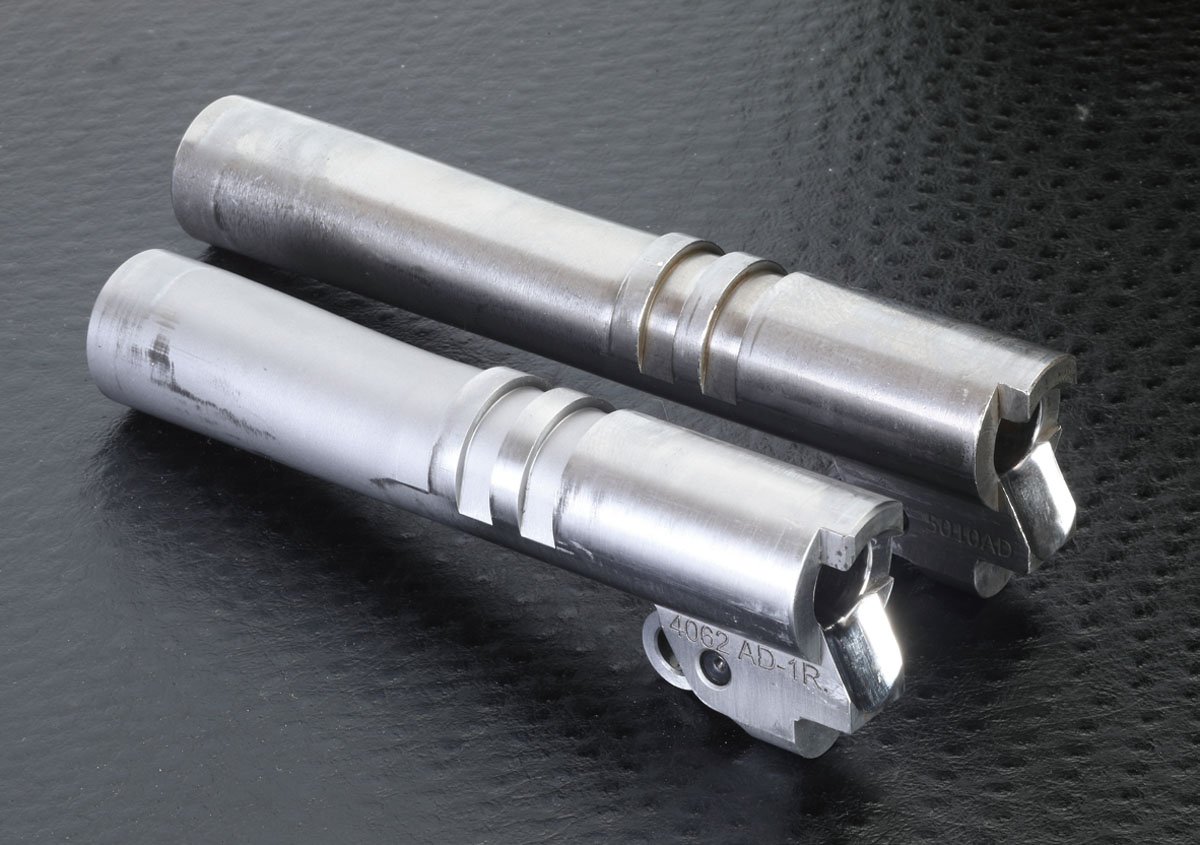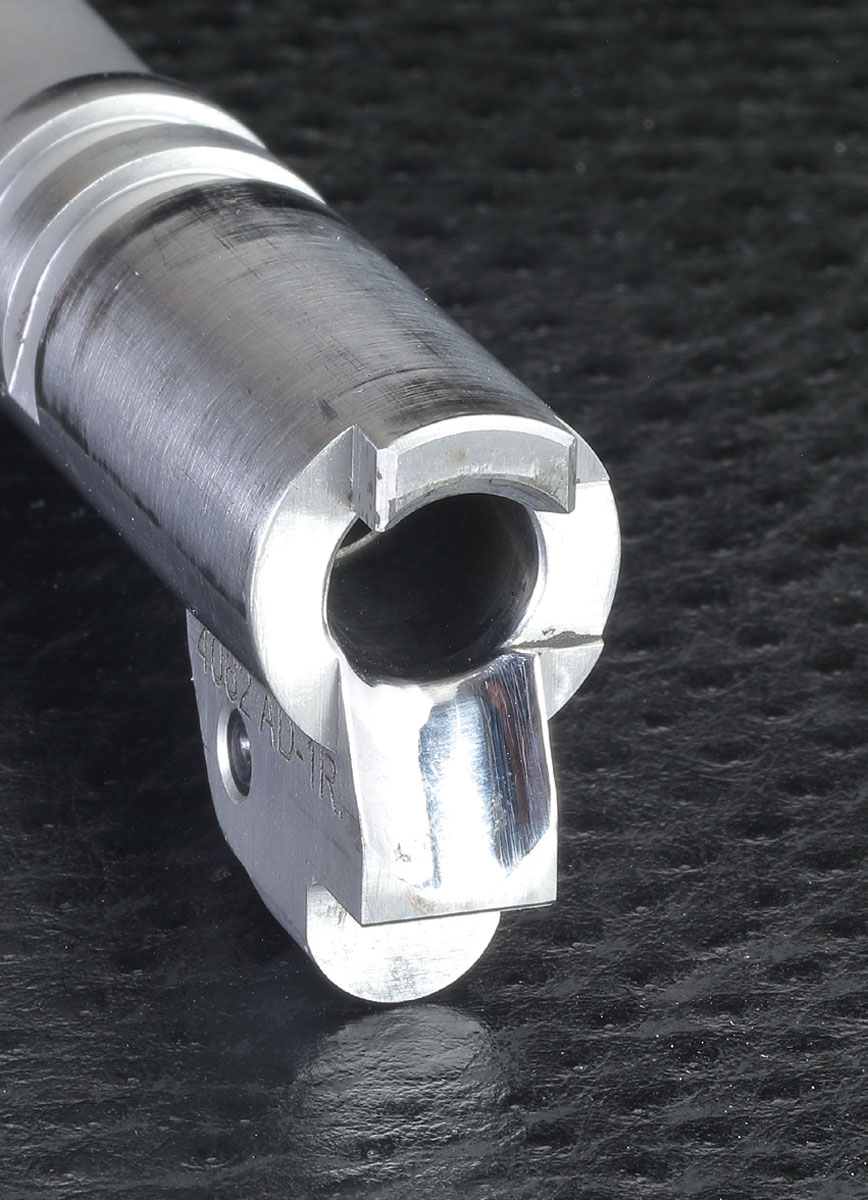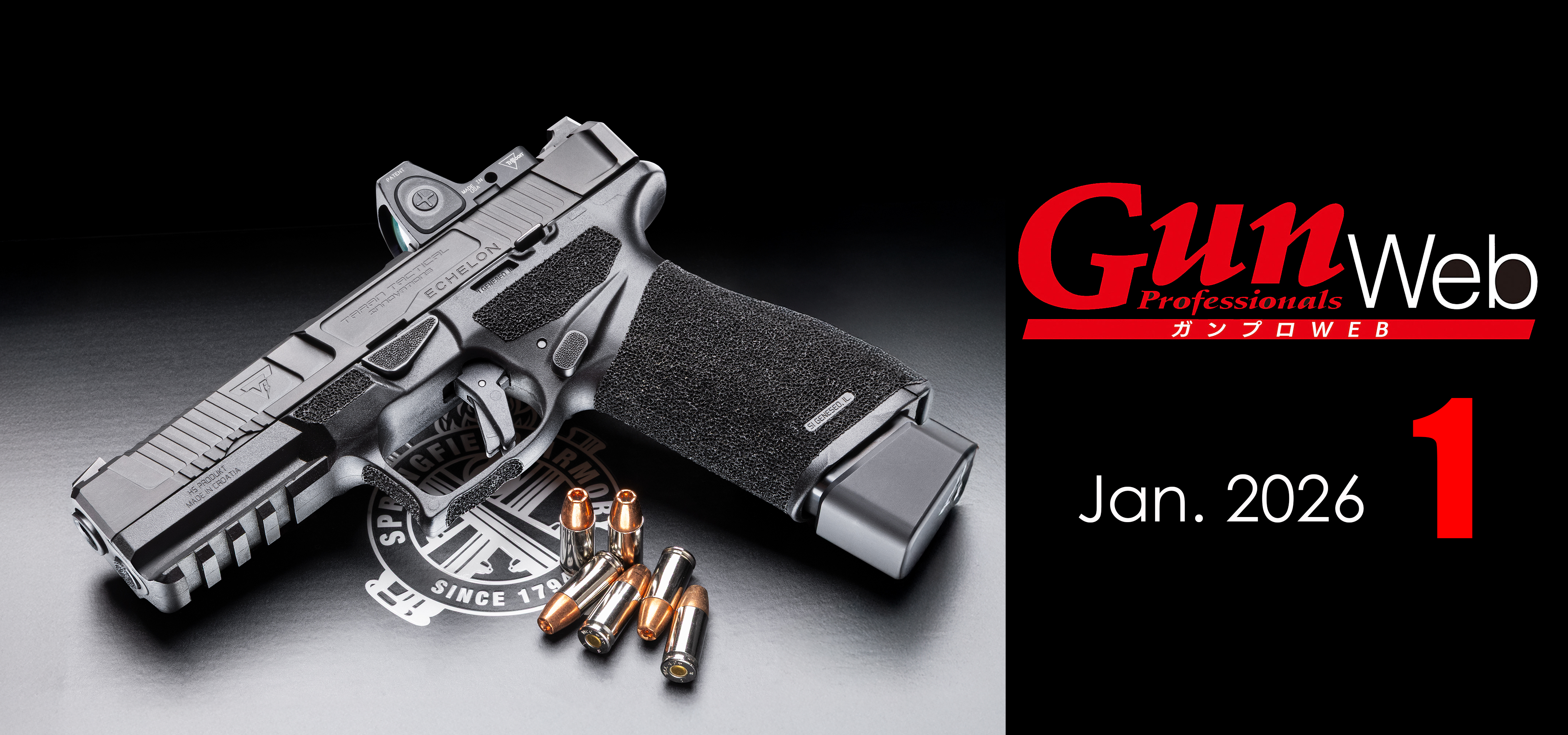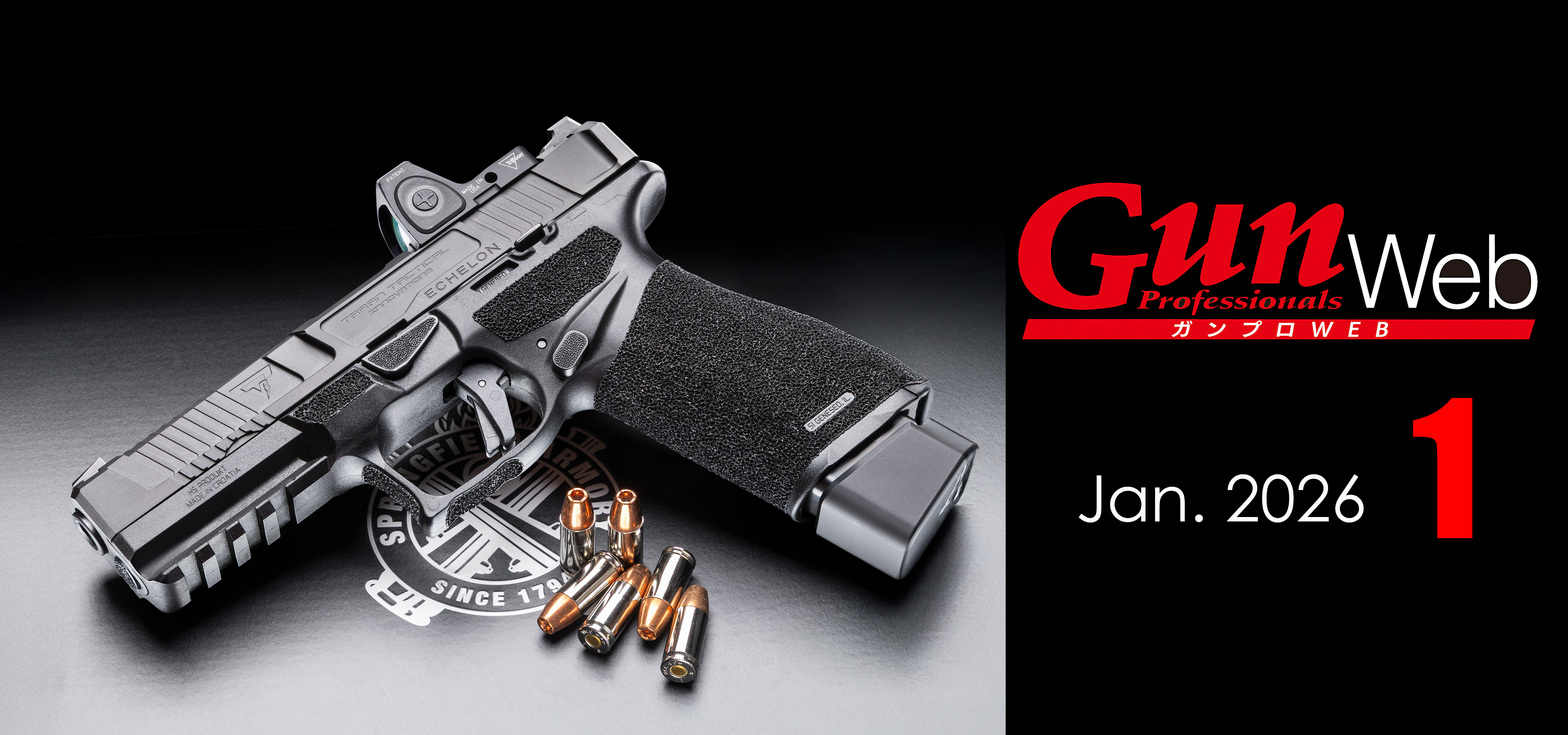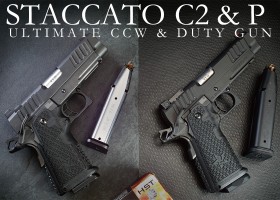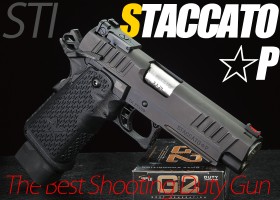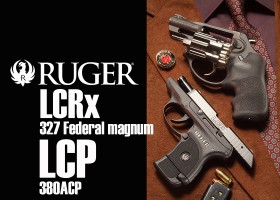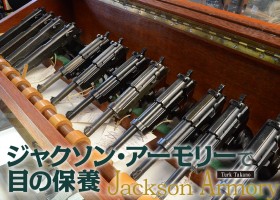2025/08/11
『STACCATO C2 & P』 Ultimate CCW & Duty Gun【English article】
STACCATO
C2 & P
Ultimate CCW & Duty Gun
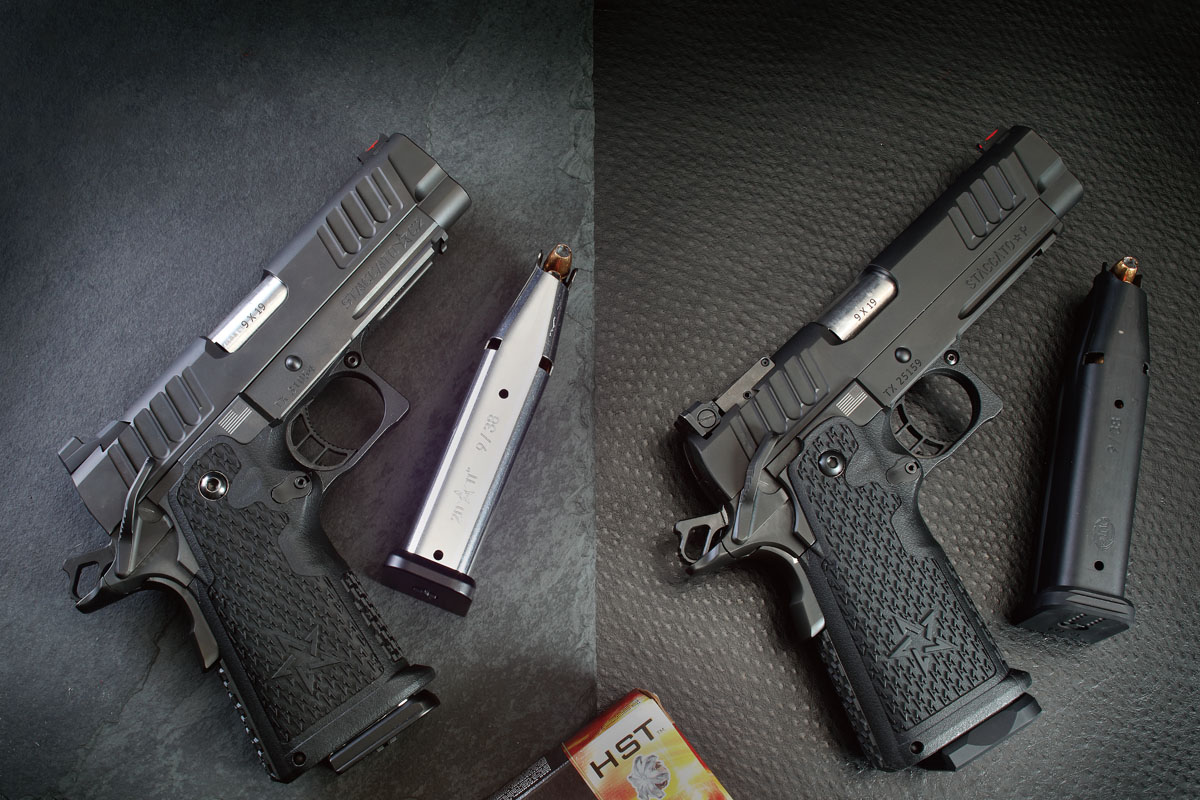
※This article is an automatic translation of an article written in Japanese.※
Published in Gun Professionals, March 2014
In 2019, the 2011, tailored specifically for the 9mm Luger caliber, underwent a remarkable transformation from a competition gun to a law enforcement (LE) model. The Staccato was not only adopted by elite teams such as the U.S. Marshals’ SOG team and LAPD’s Metro Division but also certified by over 280 LE agencies across the United States.
This time, we’ll take a closer look at the C2 model with its 3.9-inch barrel, often dubbed the “ultimate concealed carry gun,” and the P model, which has garnered attention as a duty gun.
High-Quality/High-Precision 2011
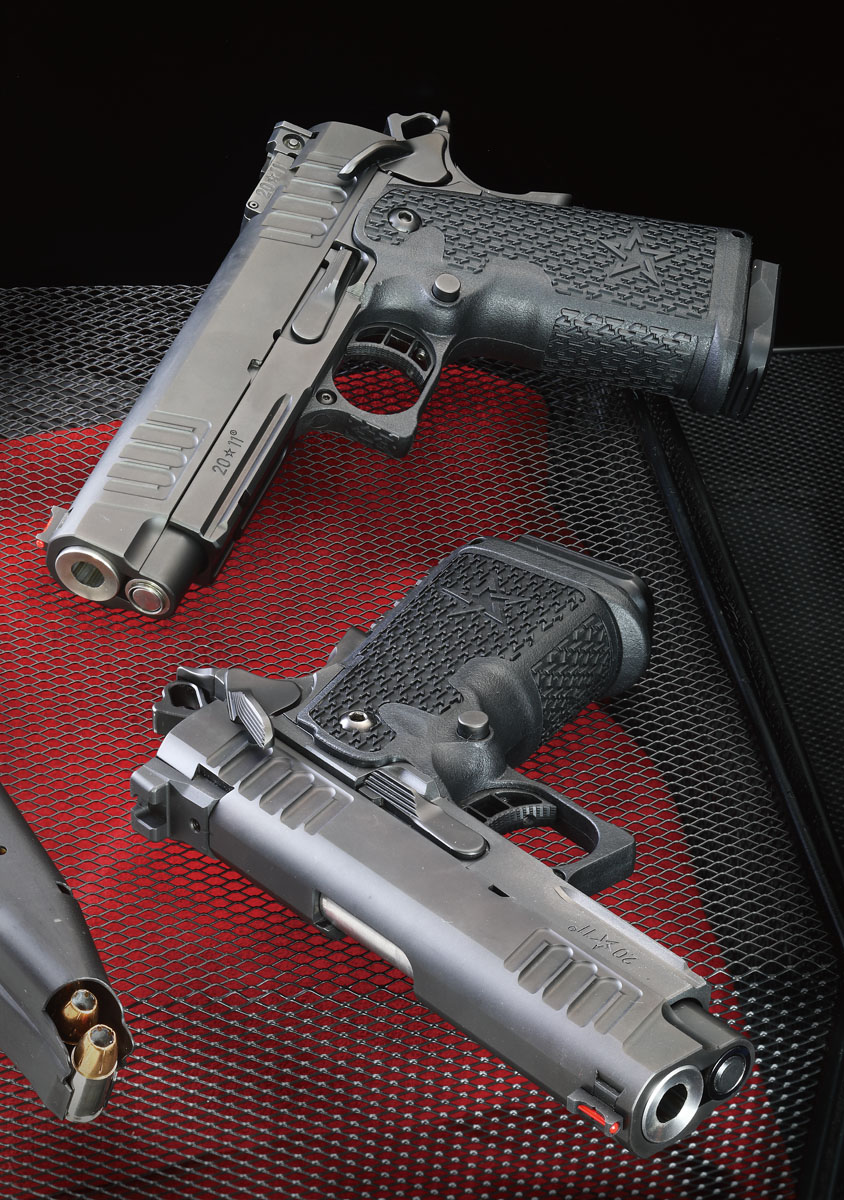
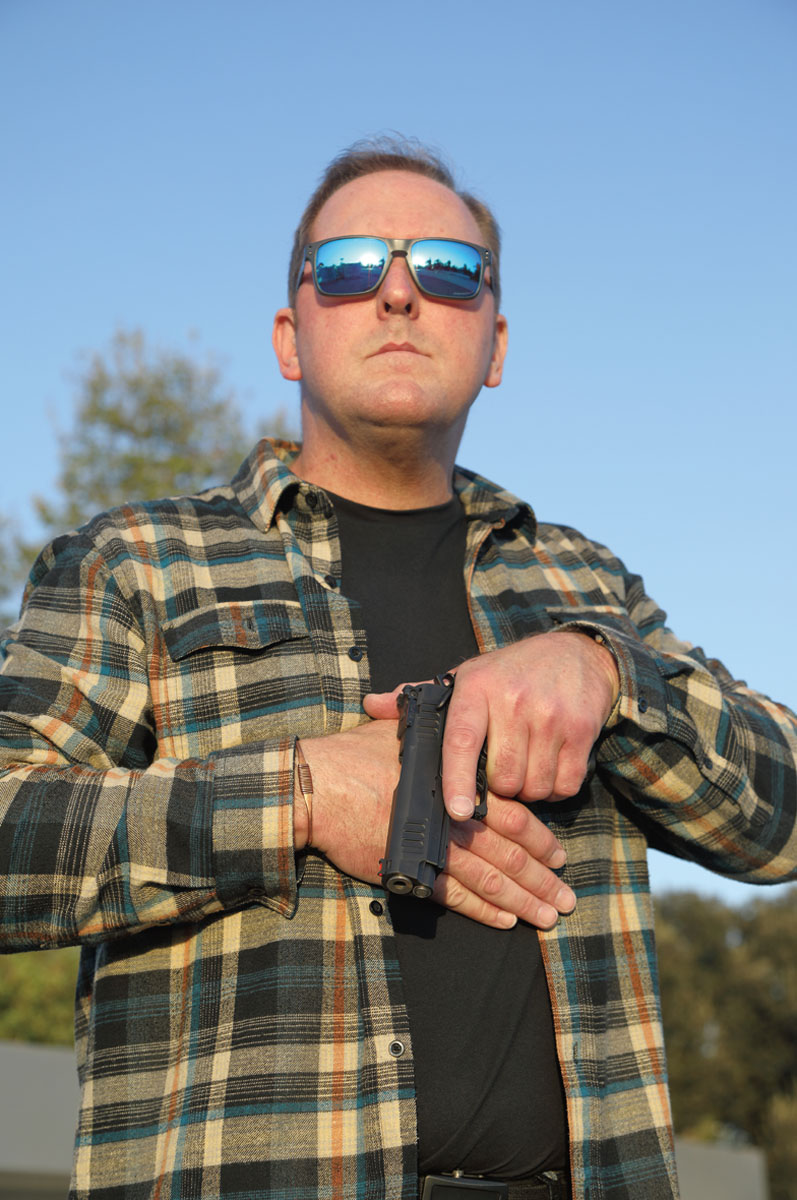
Firearms Instructor and SWAT team member at Arcadia PD. Manufacturers across the U.S. send him guns and gear to seek his expert opinions.
Looking back 28 years to 1993, two exceptional engineers, Virgil Tripp and Sandy Strayer, developed a groundbreaking pistol based on the 1911 platform. By incorporating a double-column magazine, it boasted impressive capacities: 12 rounds for .45 ACP, 18 rounds for .40 S&W, and 20 rounds for 9mm Luger.
Thus, the “modular frame 2011” was born.
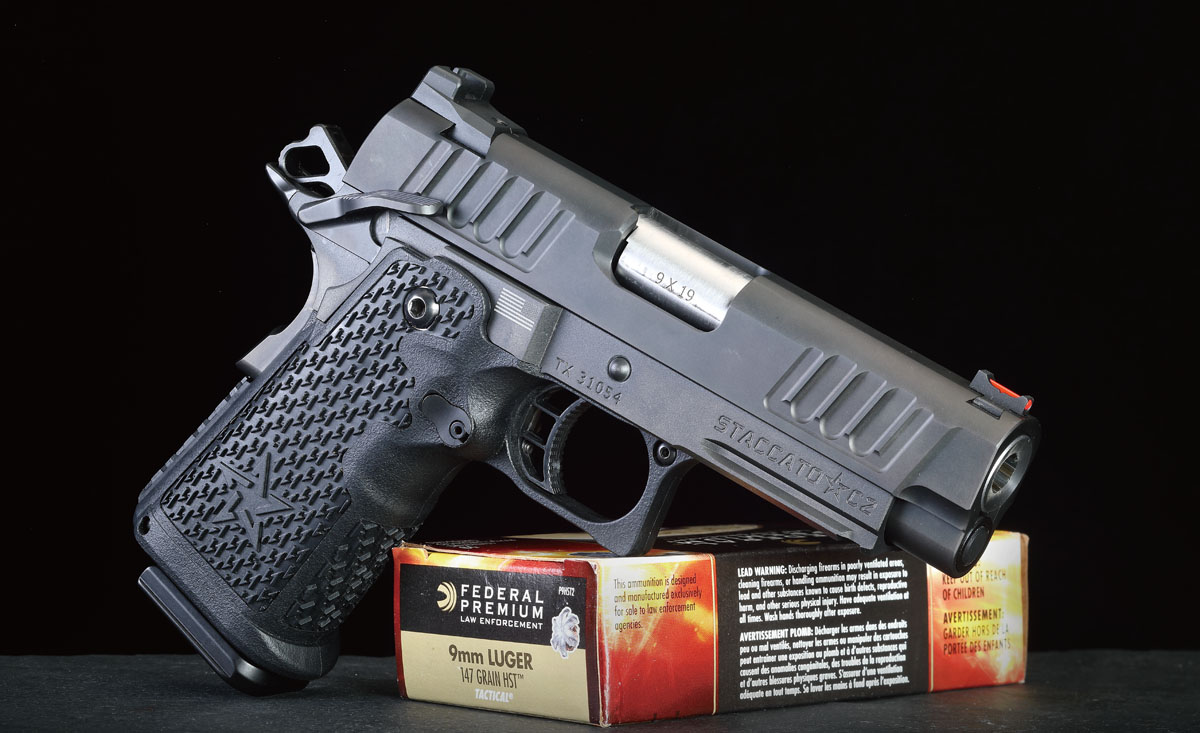
Overall Length: 190.5 mm
Height: 125.5 mm
Width: 33 mm
Weight: 708.7 g (25 oz)
Caliber: 9×19mm
Barrel: 3.9-inch bull barrel
Capacity: 16+1
Finish: DLC Black
Recoil System: 3.9 Recoil Master Light
Grip: 2011 G2 Officer Length
Frame: Lightweight alloy with rail
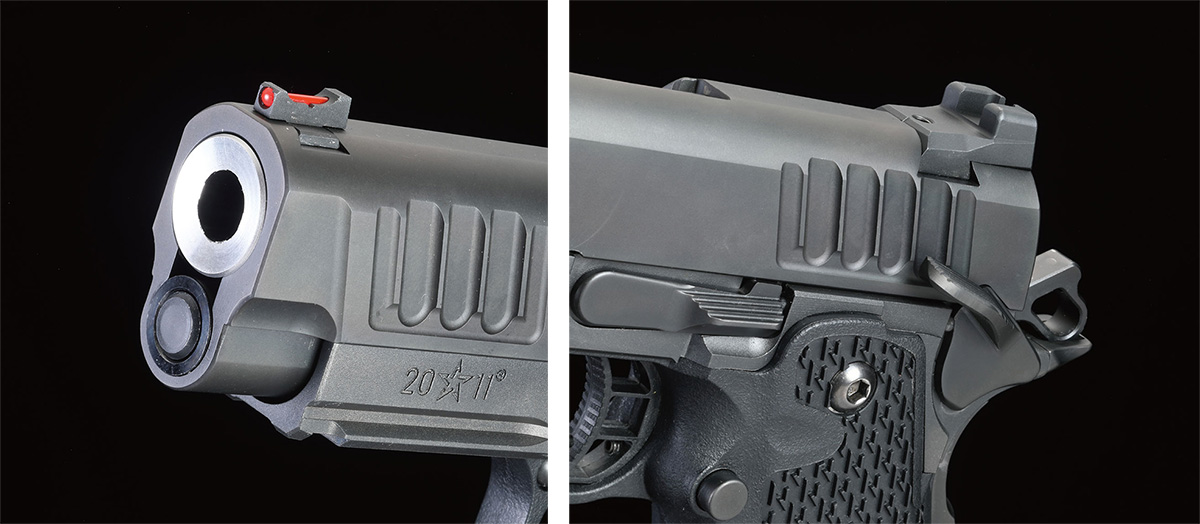

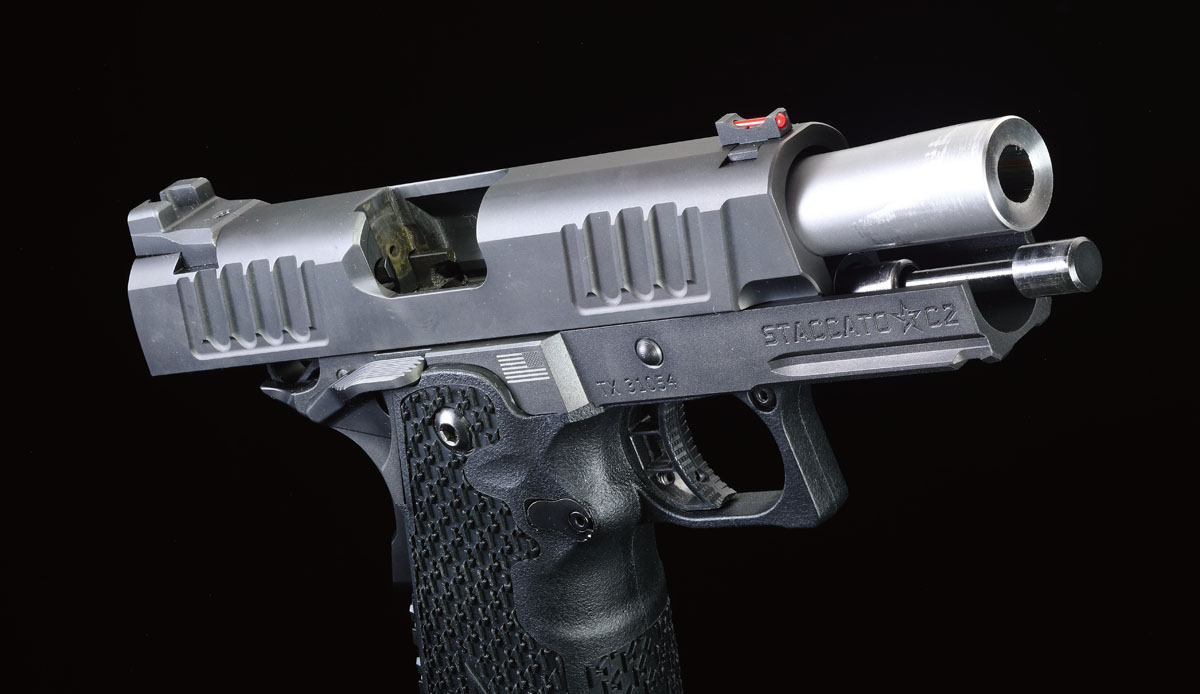
At the time, Para Ordnance had already released a high-capacity 1911, but the 2011 stood out by incorporating cutting-edge design features, such as a machined subframe paired with a polymer grip, significantly surpassing its competitors.
The 2011, released by STI (Strayer Tripp Inc.), was warmly embraced in the burgeoning world of competitive shooting, becoming a staple for high-end race guns in calibers like .38 Super and .40 S&W. Its appeal lay in a host of features that captivated competitive shooters: an ideal grip angle, a short and crisp trigger pull, high accuracy, and, most notably, the ability to use high-capacity magazines with easy caliber conversions.
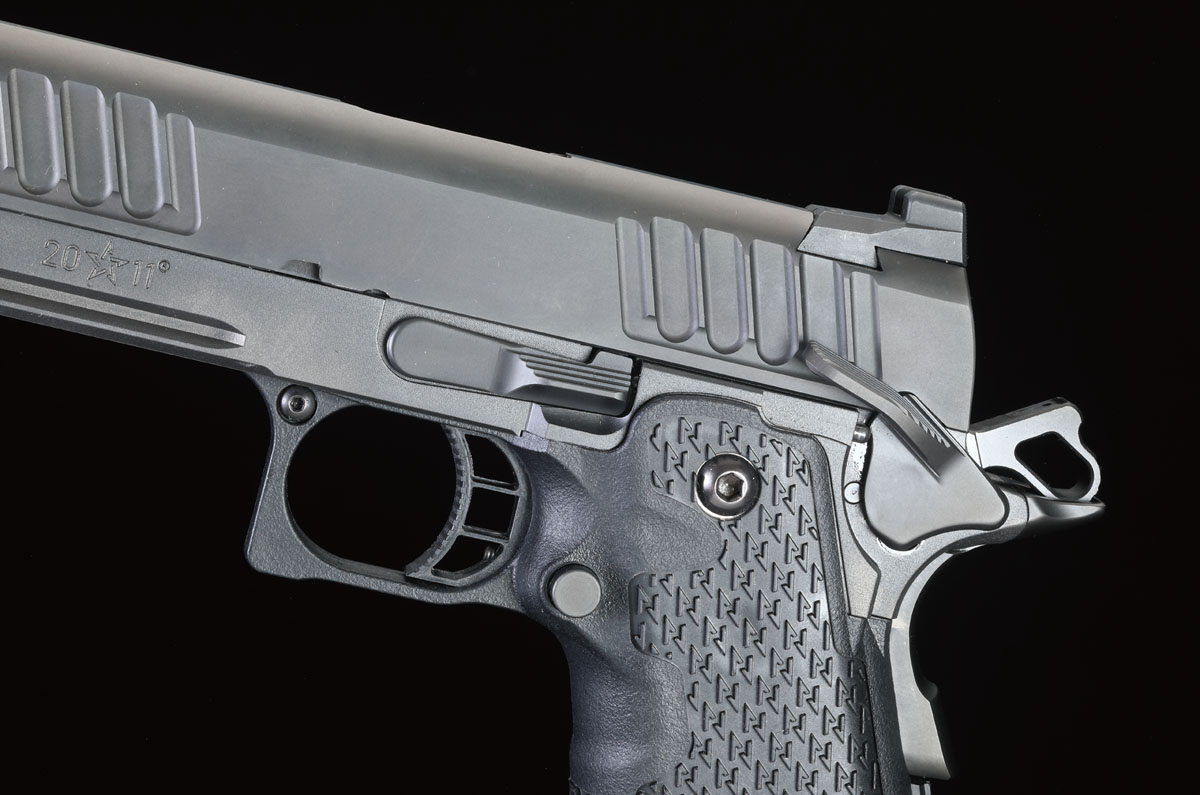
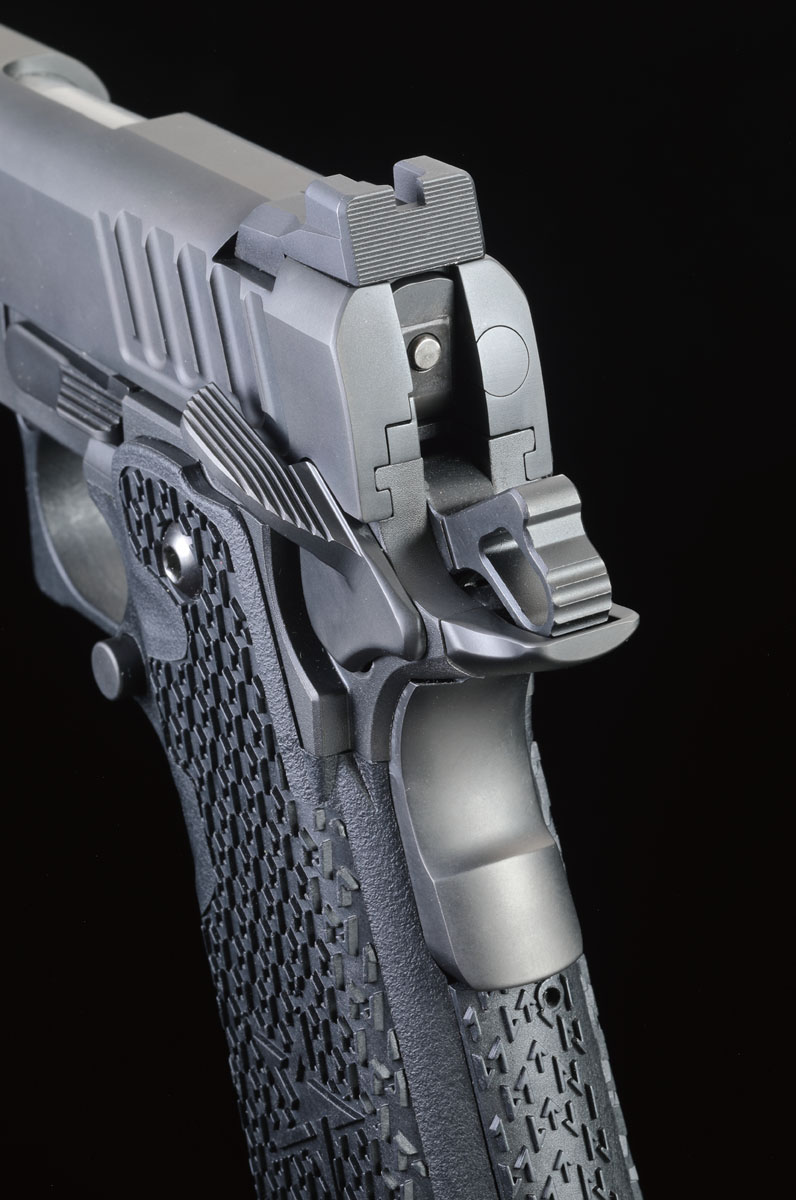

While the 2011 took the competitive shooting world by storm as a race gun, it was rarely adopted by military or law enforcement agencies. The primary reason was its critical weakness: poor reliability.
The 1911-style pistol inherently requires more frequent maintenance compared to striker-fired guns like the Glock. Neglecting regular cleaning or lubrication increases the likelihood of malfunctions, such as feeding issues.
Moreover, the high-capacity magazines, a cornerstone of the 2011’s design, suffered from significant design and quality control issues, leading to frequent magazine-related malfunctions. Below are the specific magazine issues I encountered with my own 2011.
● To ensure magazine reliability, it was necessary to send them to a specialized gunsmith for tuning, which included replacing the magazine follower and fine-tuning the feed lips, at a cost of about $100 per magazine.
● Dropping a loaded magazine onto the ground could cause the basepad to detach, scattering the spring, follower, and live rounds.
● When aggressively inserting longer magazines, such as 170mm models, during a magazine change, an “over-insertion” issue could occur, causing a jam and making the magazine impossible to remove. To resolve this, the slide had to be forced open, and a tool inserted through the ejection port to dislodge the magazine.
● The magazine follower would fail to rise properly, causing live rounds to spill out when the magazine was removed.
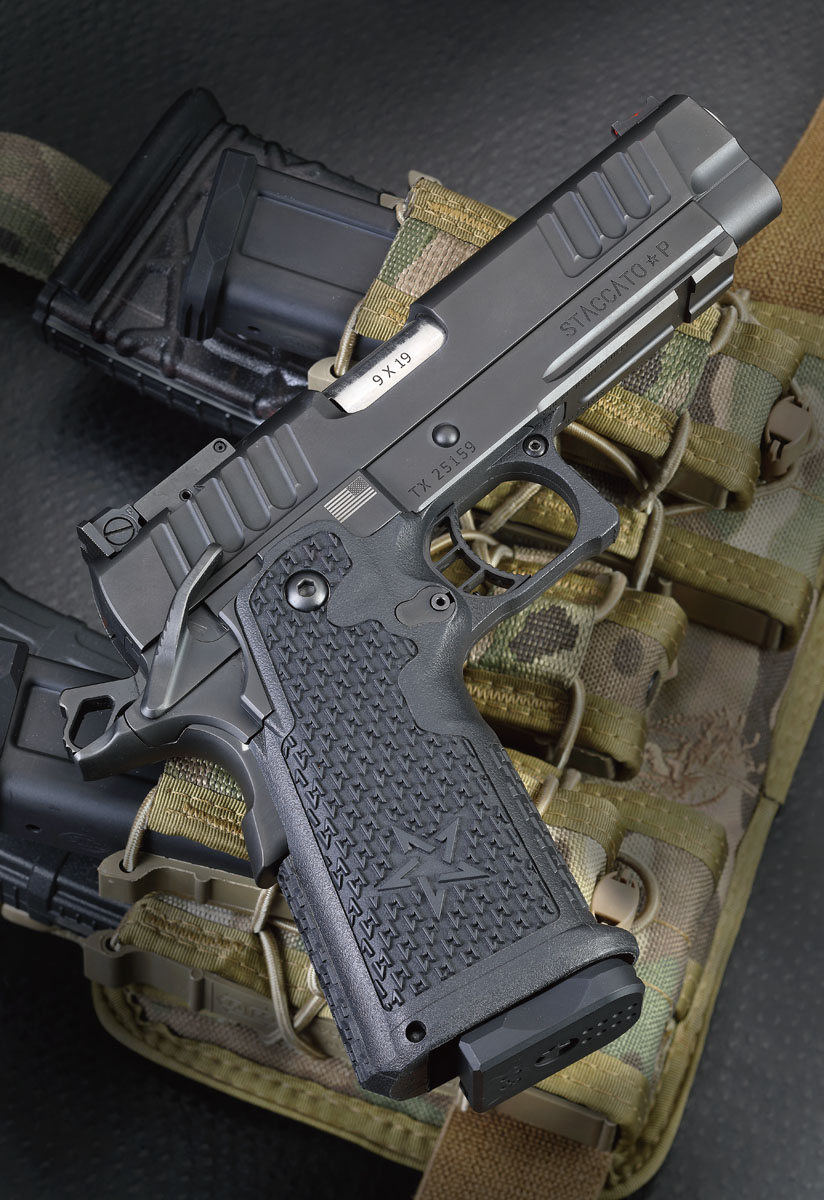
Overall Length: 203.2 mm
Height: 139.7 mm
Width: 33 mm
Weight: 935.5 g (33 oz)
Caliber: 9×19mm
Barrel: 4.4-inch bull barrel
Capacity: 17+1
Finish: DLC Black
Recoil System: Dawson 4.4 Adaptive Tool-Less Recoil System
Grip: 2011 G2 Full Length
Frame: Billet steel with rail
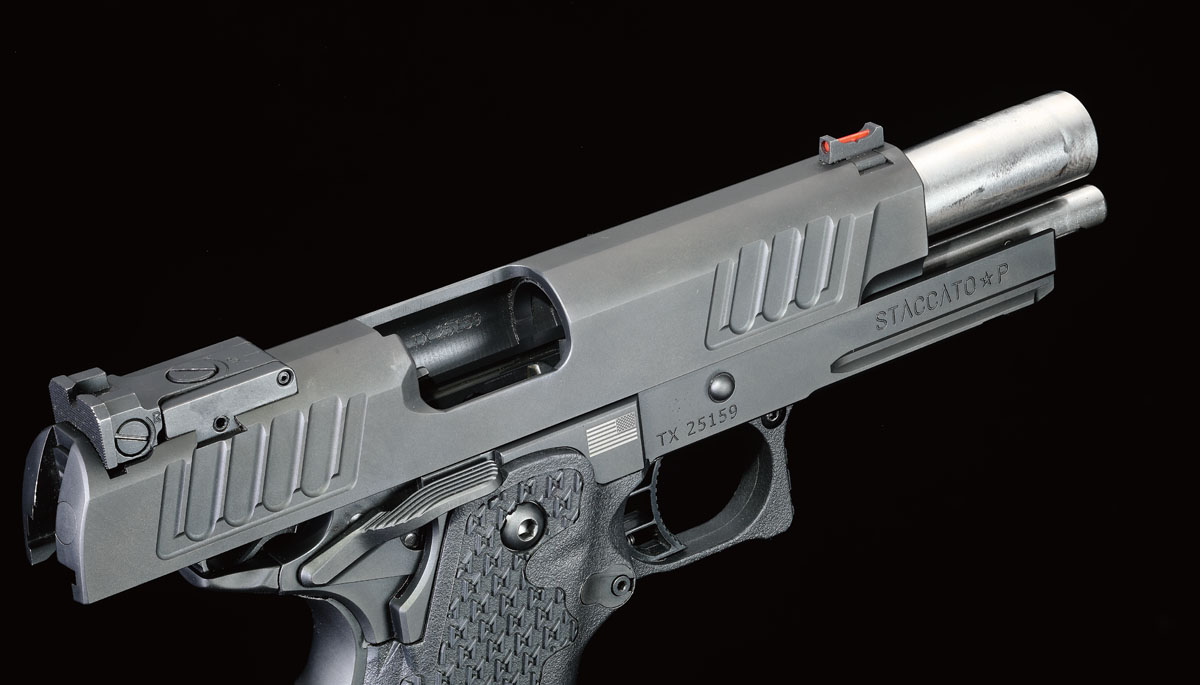
These were the harsh realities I faced, making it understandable why military and LE agencies would hesitate to adopt the 2011 for critical operations.
Magazines for the 2011 produced by Sandy Strayer’s company, SVI, had fewer issues, but they were difficult to obtain and came with a high price tag, creating a dilemma.

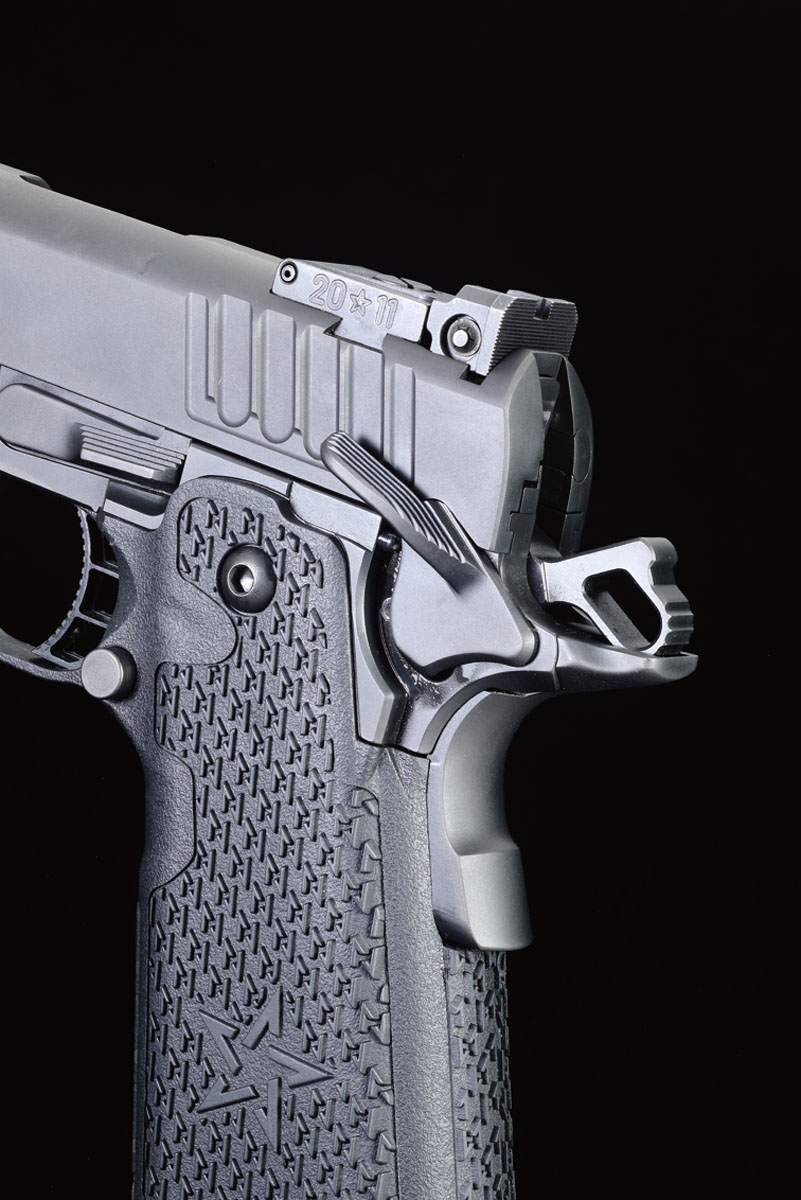
STI continued to release ambitious and appealing models, such as high-precision barrels machined from a single piece of material with an integrated compensator and ultra-lightweight race guns. However, these typically cost over $2,000, making them difficult to afford for many.
While STI underwent complex internal changes, including multiple ownership transitions, a bombshell hit the industry in 2019: the U.S. Marshals’ SOG (Special Operations Group) team had officially adopted an improved version of the 2011, known as the “Staccato.”
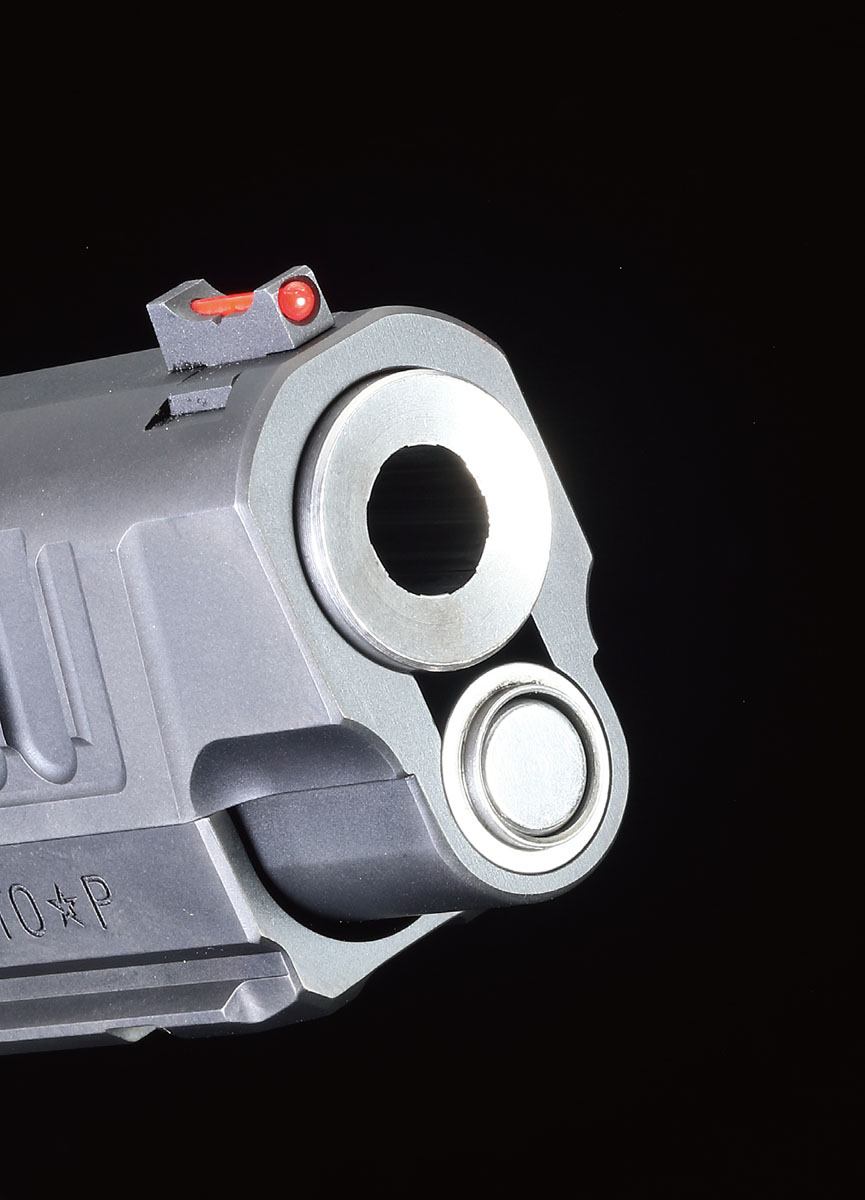

Prior to this, STI had hired a significant number of experienced military and LE personnel, initiating a transformation to reengineer the 2011 as a duty gun. The magazines were redesigned, and with input from the SOG team, the 9mm-focused “P” (Professional) model with a shorter 4.15-inch barrel was developed.

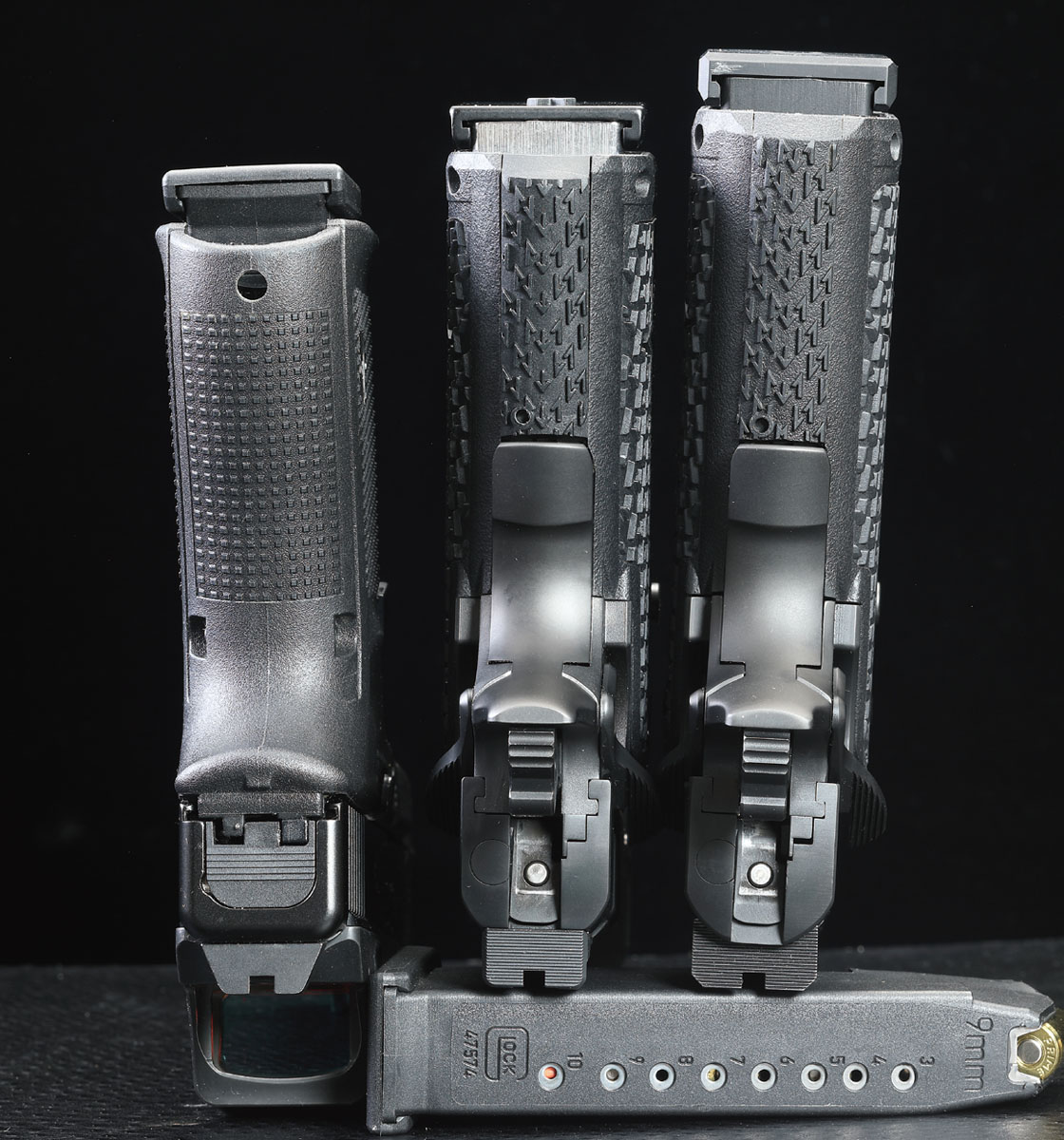
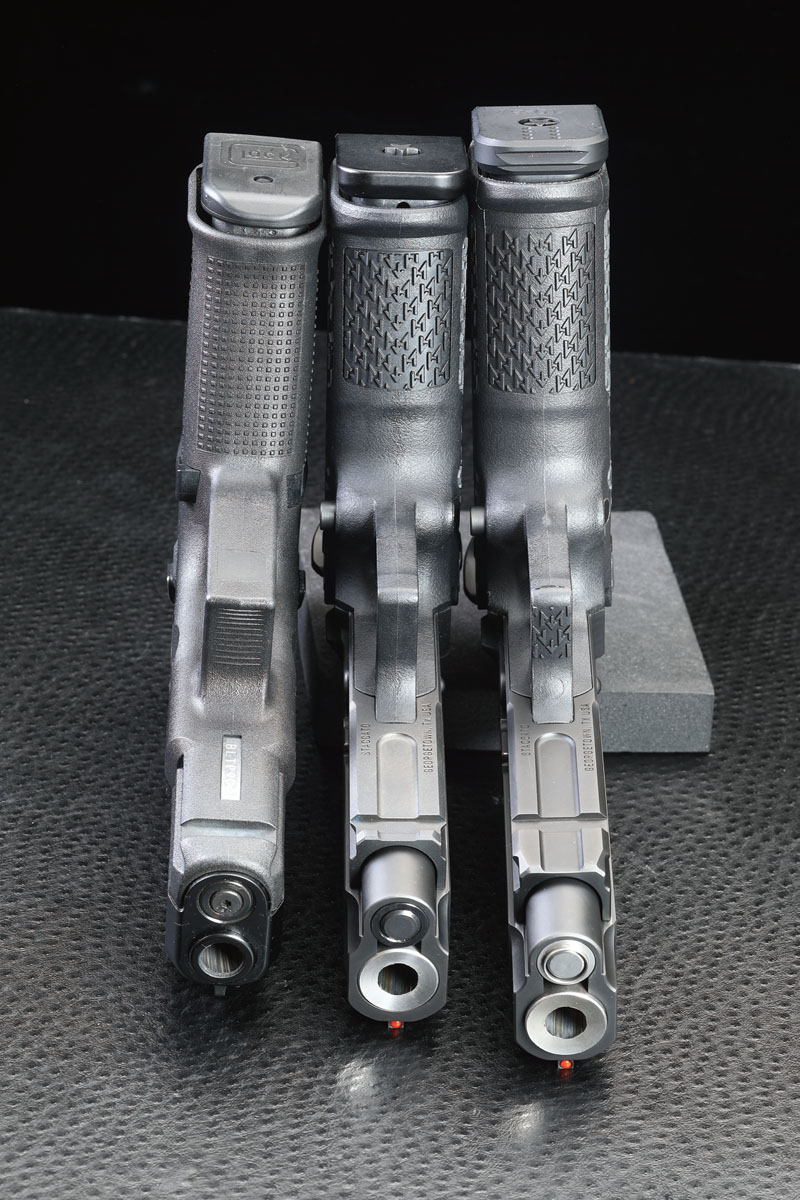
At the same time, the single-stack, 8-round “C” (Compact) model was released in early 2019.
The 2019 models, including the 3.9-inch barrel C2 and the 4.15-inch barrel P, featured a full-length dust cover extending to the slide’s front. By 2020, the P model’s barrel was lengthened to 4.4 inches, and both models received a design change with a shorter dust cover and relief cuts on the slide.
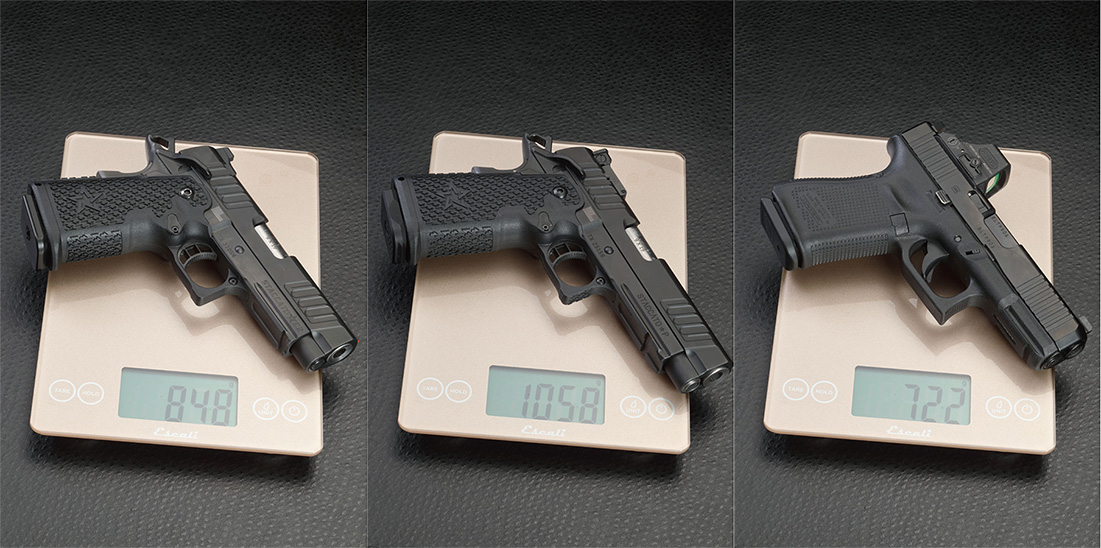
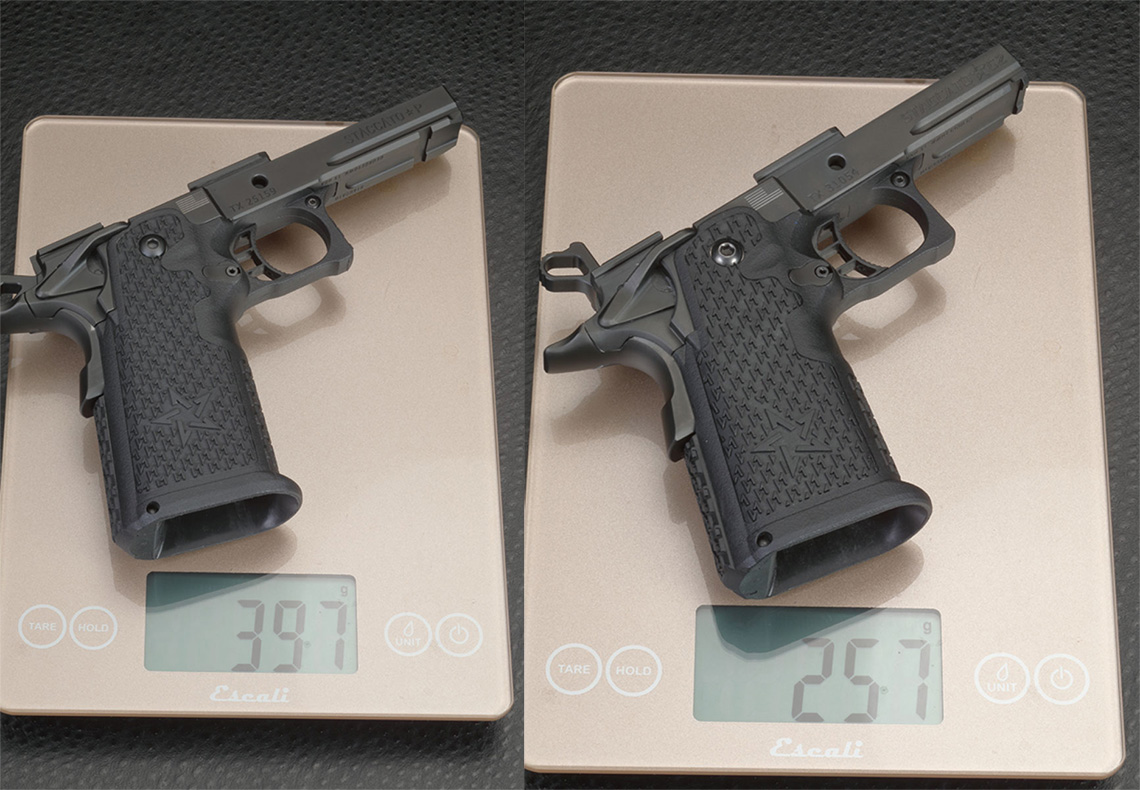
At the 2020 SHOT Show, STI showcased a streamlined lineup limited to five models: the C (3.9-inch, single-stack, 8 rounds), C2 (3.9-inch, 16 rounds), P (4.4-inch, 17 rounds), XC (5-inch with compensator, 17 rounds), and XL (5.4-inch, 17 rounds), reflecting the revitalized STI’s ambition.
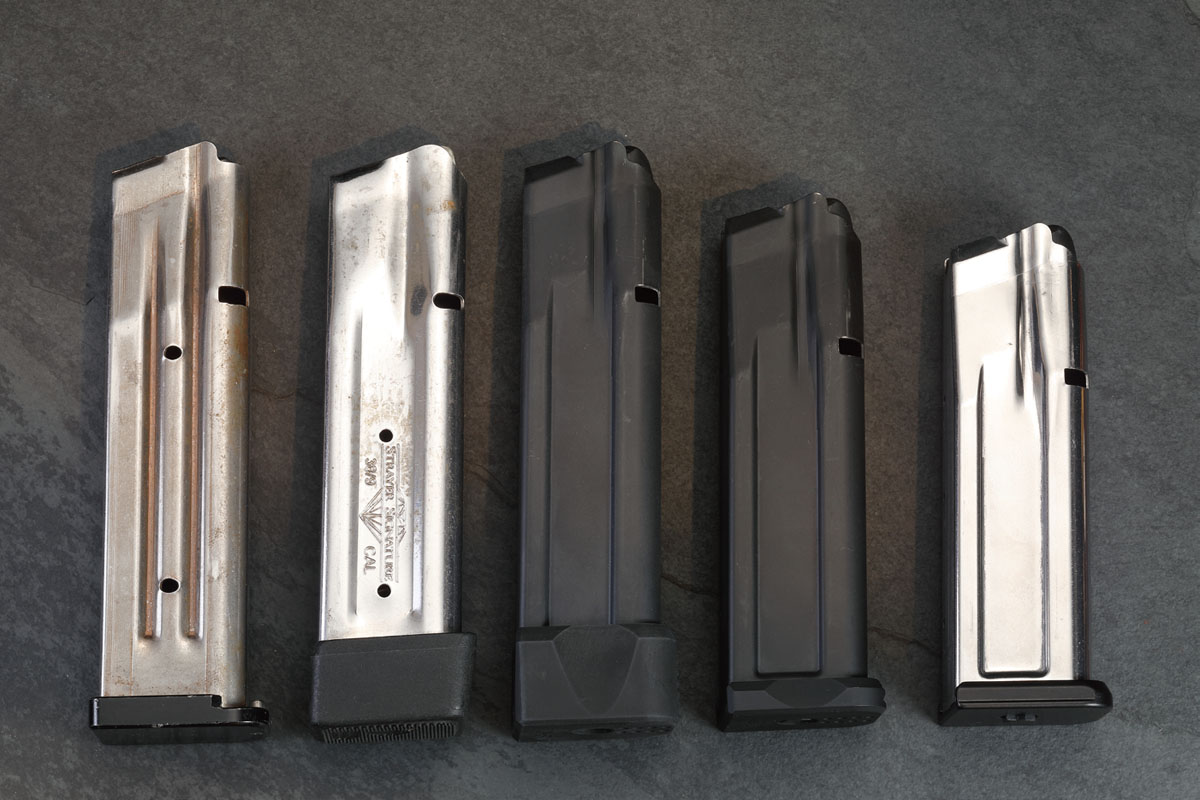

Handling these new models, one is immediately struck by the exceptional machining precision of each component and the high level of fit-and-finish quality. There is virtually no play between the slide and frame. Even when gripping and vigorously shaking the gun, no rattles are heard.
Yet, when racking the slide, the barrel unlocks with a distinct “click,” and the slide glides back with remarkable smoothness. The C2, with its aluminum frame, has a slight drag, but the slide movement remains exceptionally smooth.
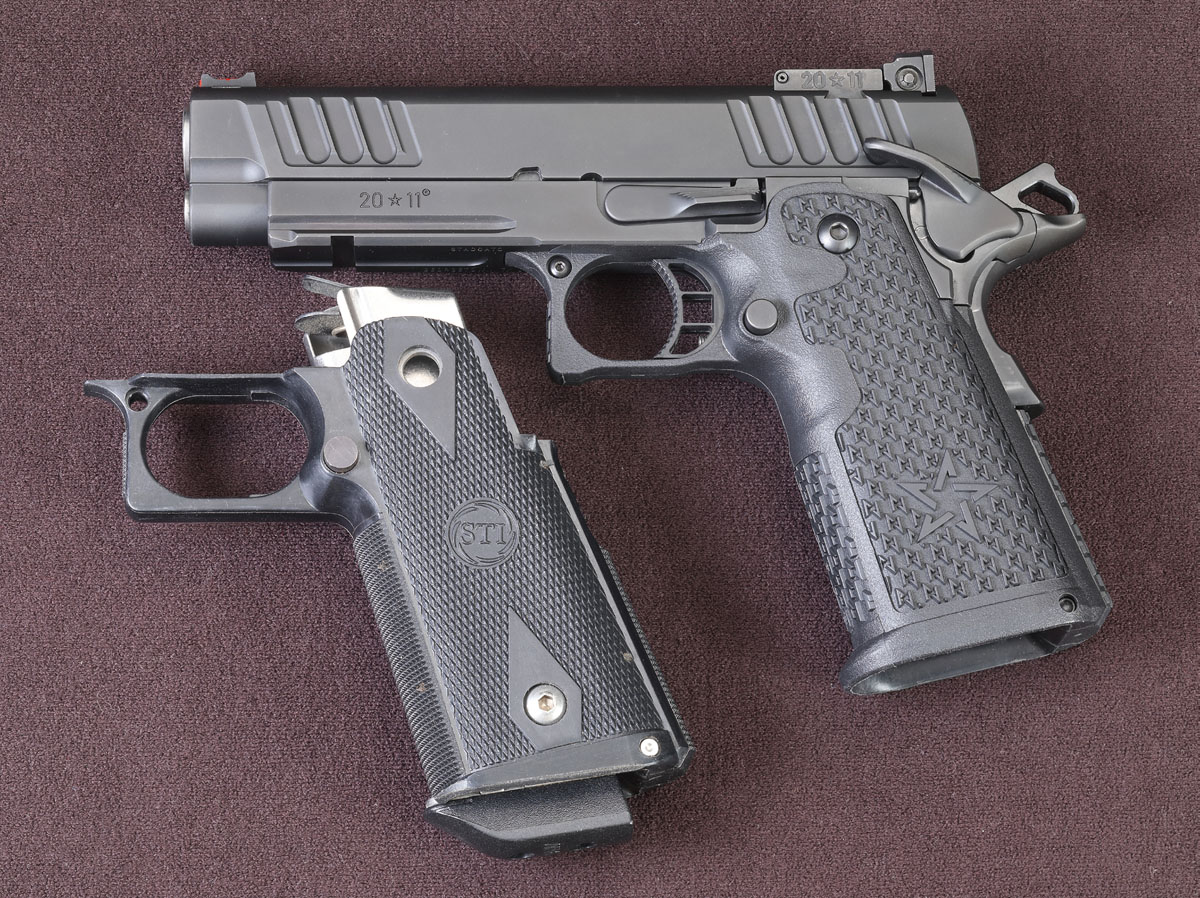
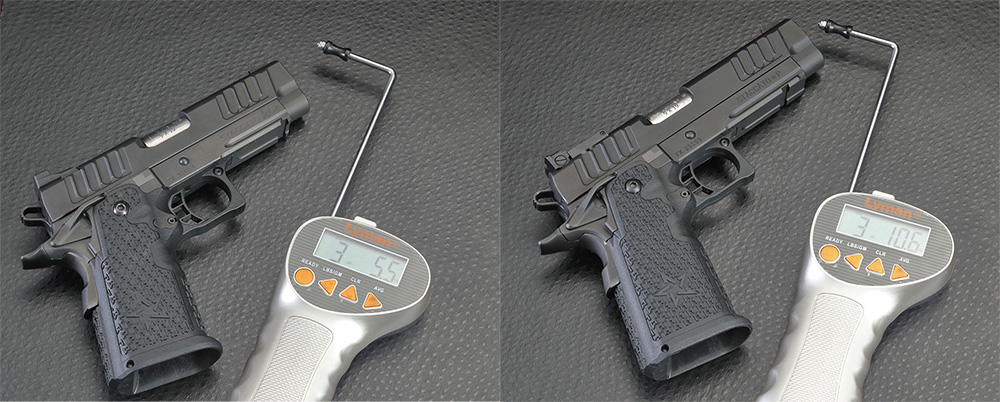
While not quite at the level of a custom gun, the feel is among the best for production firearms. The test C2’s trigger pull averaged 3.35 pounds (1.52 kg) over 10 measurements, and the P averaged 3.66 pounds (1.66 kg), both within an ideal range for a carry gun. In terms of size, excluding weight, the C2 is strikingly similar to the Glock G19, and the P to the G17.
Considering the price, it’s not a direct competitor, but when compared to a fully customized Glock, the Staccato seems to come out on top.
